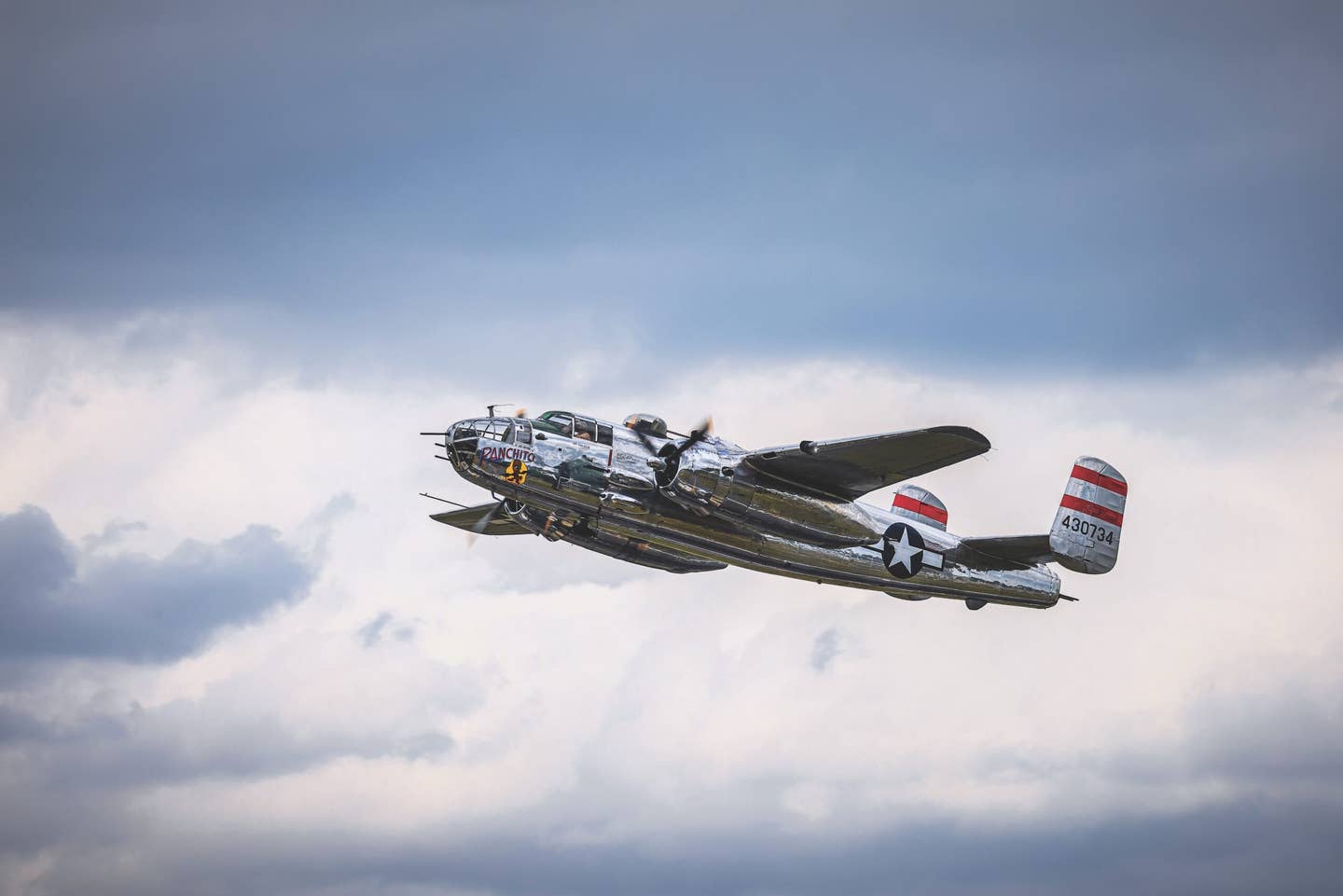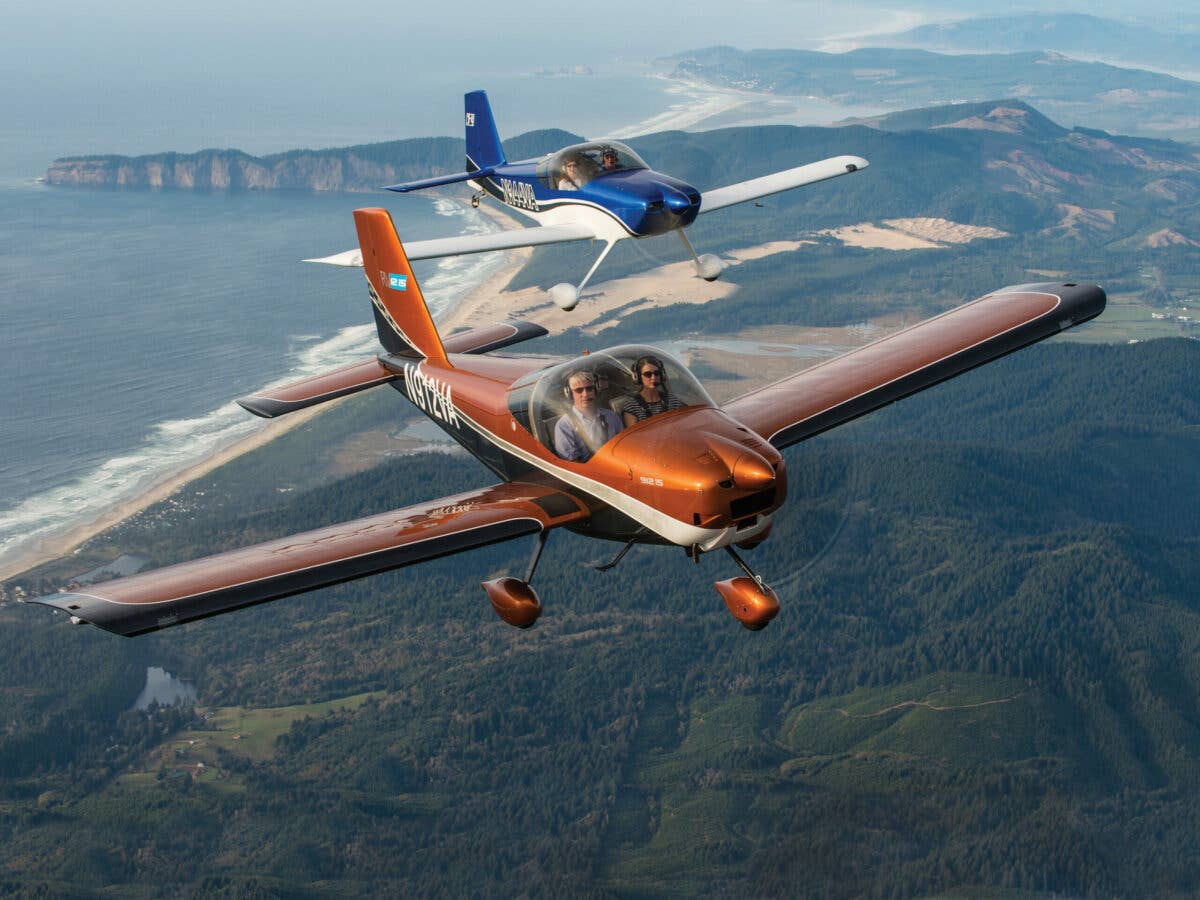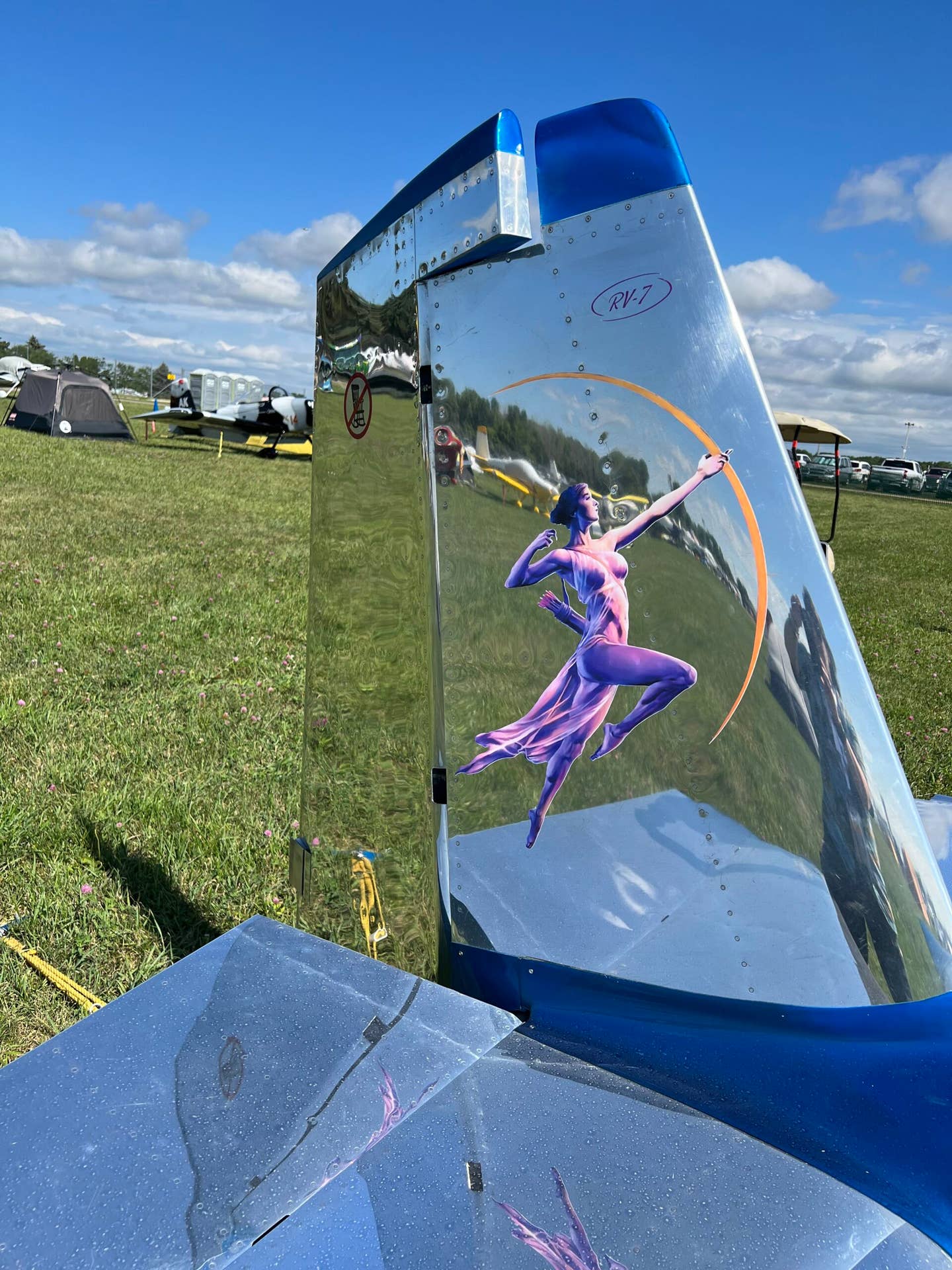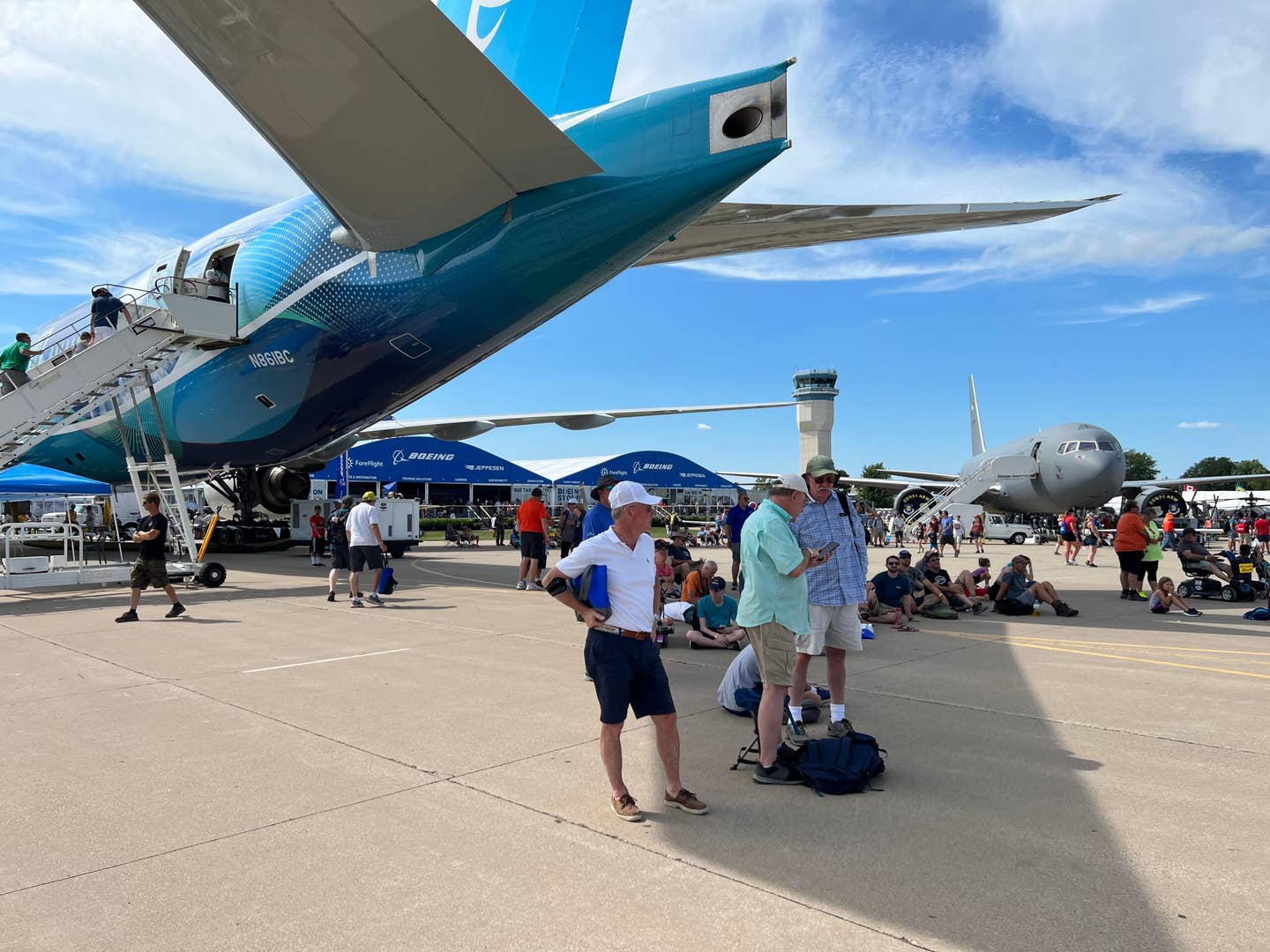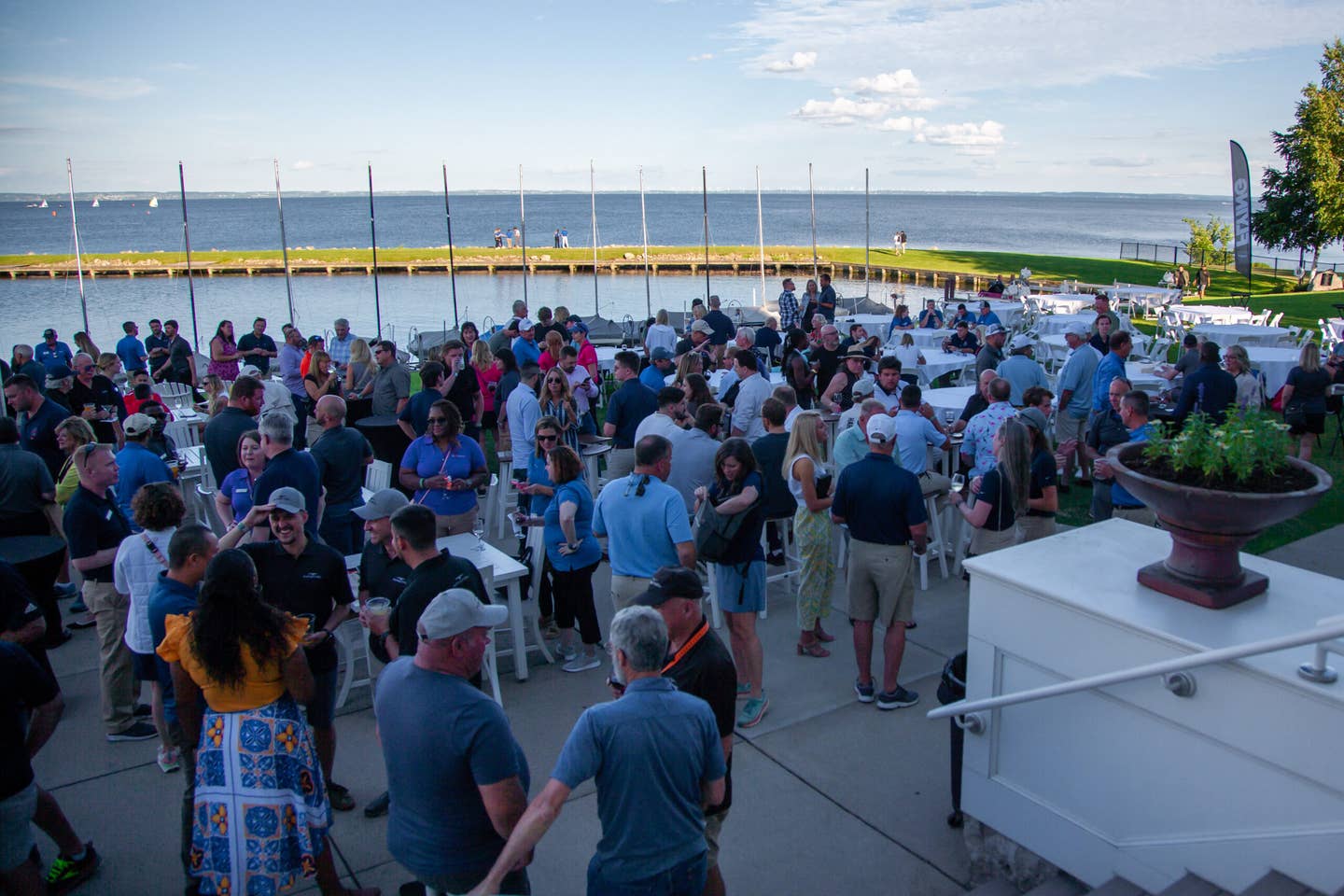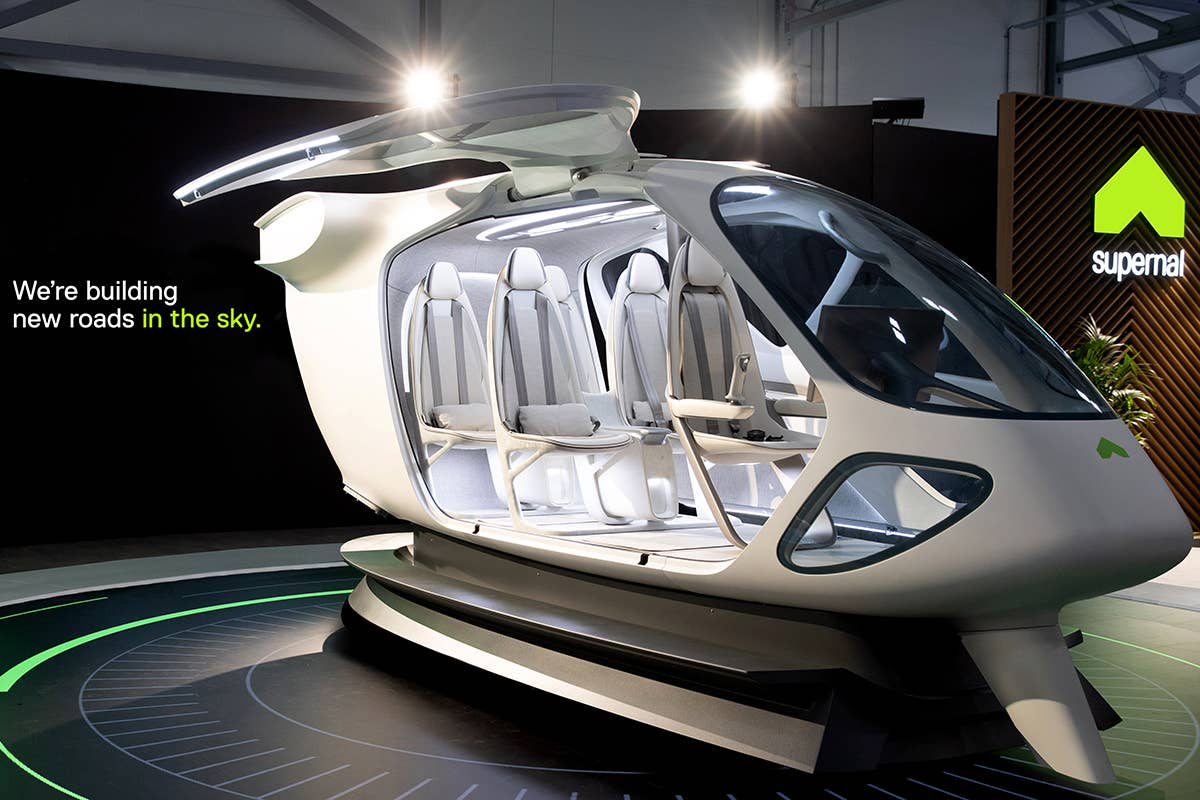
We proudly present Flying Magazine's Top 100 Warbirds, our list of the best, most influential, fastest, most powerful, most effective and most revered fighting airplanes of all time. As with any top list, there's sure to be some disagreement with the birds we've chosen to fill these 100 slots, and that will likely be more and more true as you move up the list toward the No. 1 warbird of all time. Along the way you may find some picks with which you disagree, but more importantly, you'll likely learn a lot about some great airplanes and their place in history and in the hearts of those who served. We hope you enjoy Flying Magazine's Top 100 Warbirds, and as always, we invite you to share your reaction with us.
Get exclusive online content like this delivered straight to your inbox by signing up for our free enewsletter.
P-51 and B-29 Warbird Tour Photos
B-29 Superfortress "FIFI": 2014 CAF Airpower History Tour Photos Get exclusive online content like this delivered straight to your inbox by signing up for our free enewsletter.
P-51 and B-29 Warbird Tour Photos
A Jet Jockey Flies the P-51 Mustang Photos
Video: 360-Degree P-51, F-22 Formation Flight Get exclusive online content like this delivered straight to your inbox by signing up for our free enewsletter.

Sign-up for newsletters & special offers!
Get the latest FLYING stories & special offers delivered directly to your inbox

